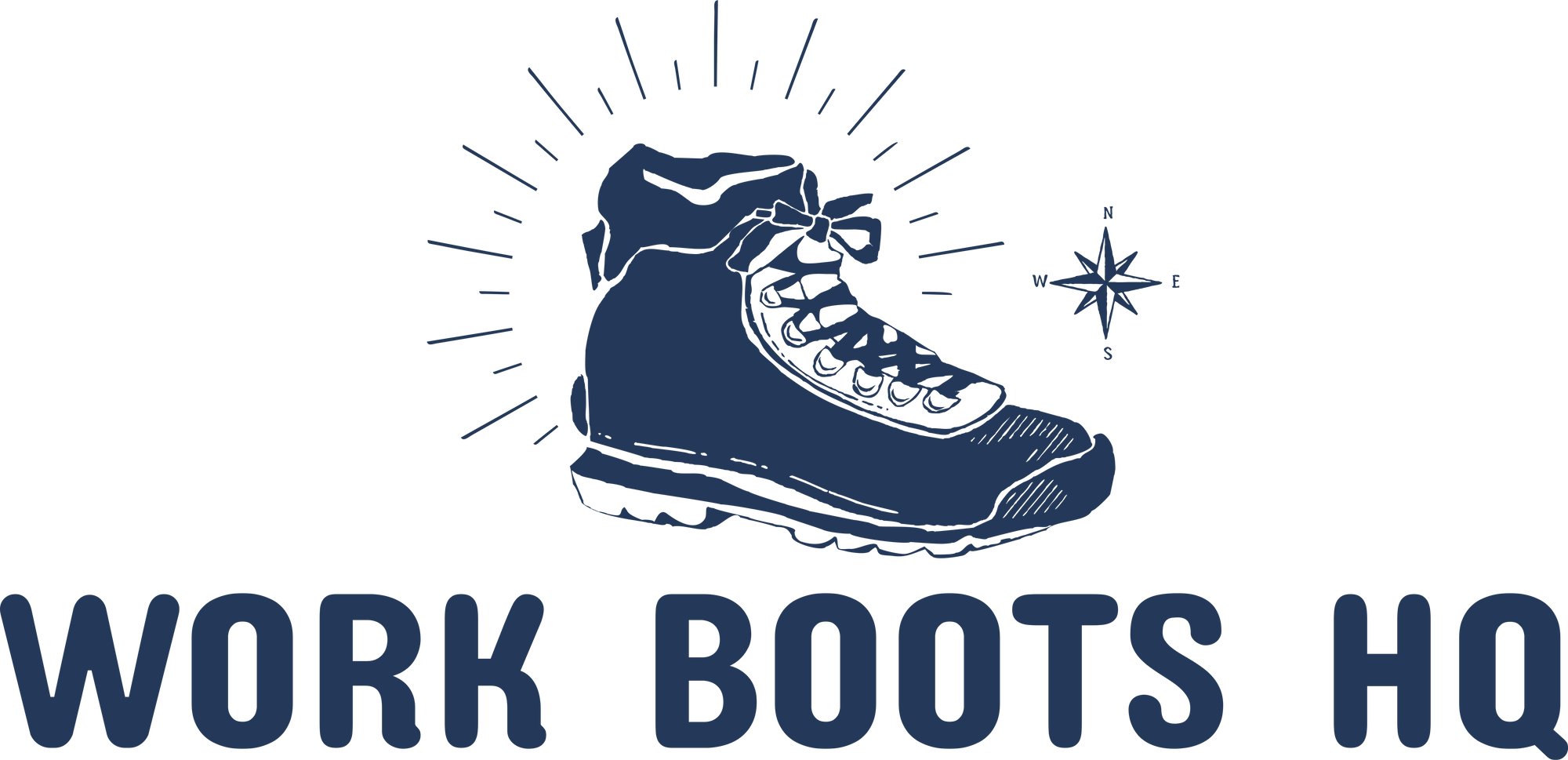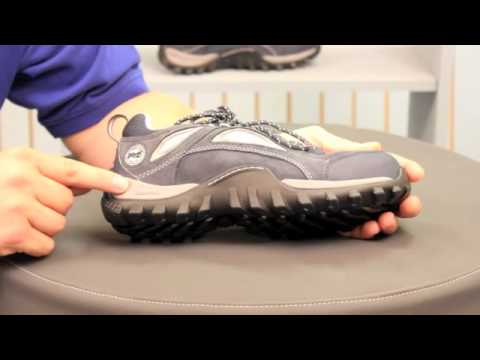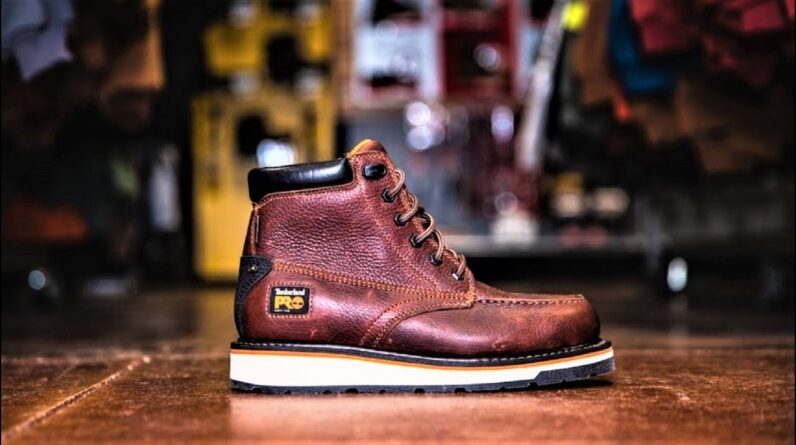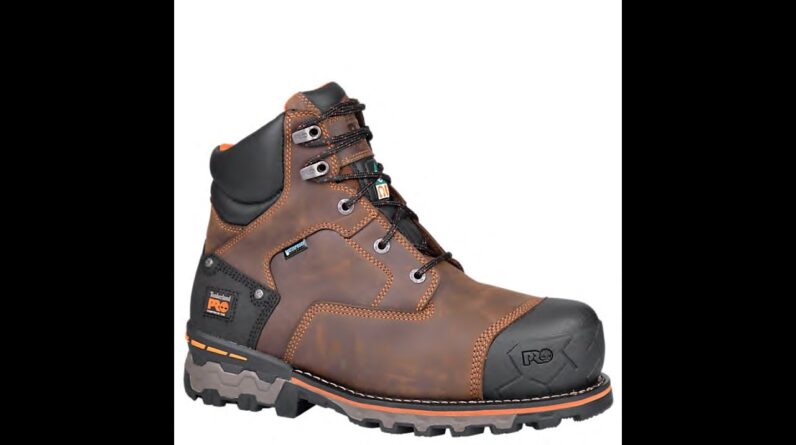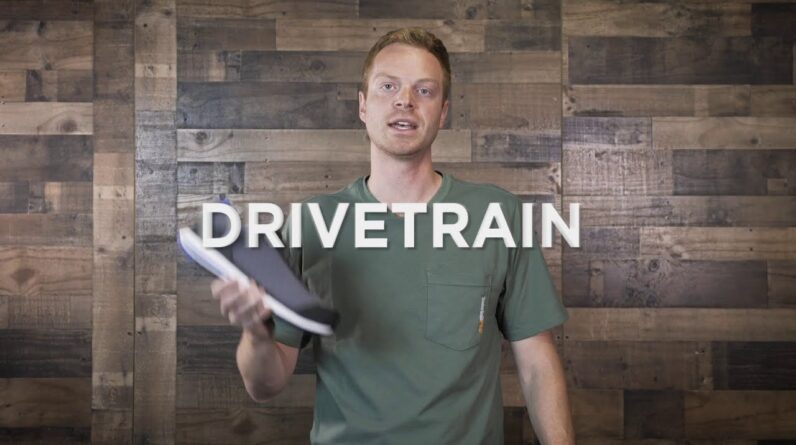
This post may contain affiliate links which means I may receive a commission for purchases made through links. Learn more on my Private Policy page.
Explore Drone Flying
Drone flying has taken the world by storm, with countless recreational and professional pilots taking to the skies to capture stunning aerial photography and video footage. But just how does this game-changing technology work, and how can you get started in flying your very own drone? Join us as we break down the ins and outs of drone piloting, from the intricacies of the remote control to the flight capabilities of a standard quadcopter. Together, we’ll explore the exciting world of drone flying, arming you with the knowledge and understanding needed to become a confident and capable drone pilot.
Remote Control Systems – Mastering the Controls
The remote control is the primary interface between the pilot and the drone, meaning it’s crucial to be familiar with and confident in operating these controls in order to fly your drone safely and effectively. Each remote control will have different switches, buttons, and dials, but there are some standard controls that you will come across on most drones. Let’s go through the most important ones.
The Throttle – Power and Hover Control
The throttle, often found on the left side, is essentially the power control for your drone. By pushing the throttle up, you increase the power to the motors, causing the drone to rise. Conversely, decreasing the throttle lowers the drone. Mastering the throttle is crucial for maintaining stable flight and achieving hover.
Roll – Side-to-Side Movement
Roll is the movement that shifts your drone side-to-side, with the right stick being the control for the roll. Pushing the stick to the left will move the drone left, and pushing the stick to the right will move the drone to the right.
Pitch – Forward and Backward Movement
Pitch is the control for forward and backward movement. Using the right stick, push the stick forward to fly the drone forward, and pull the stick back to fly the drone backward.
Yaw – Rotating on the Axis
Yaw refers to the rotation of the drone around its axis, and it’s controlled by the left stick. By moving the stick left or right, you can rotate the drone counterclockwise or clockwise, respectively. This is useful for directing the drone’s camera to capture specific angles or areas in view.
Understanding Quadcopter Flight Controls
Quadcopters, or drones with four rotors, are among the most common drones on the market today. Understanding the specific mechanisms of how quadcopters fly can help new pilots feel more in control of their aircraft and more equipped to handle any obstacles or challenges that they may face when attempting to navigate their drone.
Four Rotors – The Aerodynamics of Quadcopters
Quadcopters derive their lift and motion from a balance of power between their four rotors. Two of the rotors rotate clockwise, while the other two rotate counterclockwise. This balance of rotation prevents the drone from spinning out of control, as the torque generated by the clockwise rotors is compensated for by the counterclockwise rotors, providing stability during flight.
These rotors consist of the motor that powers the rotation, the propeller which generates the lift, and the Electronic Speed Controller (ESC) that offers communication between the motors, the propellers, and the drone’s flight control board.
Flight Control Board – Quadcopter Brain
The flight control board is the central pillar of the drone’s flight system. It acts as the brain of the drone, communicating with all components and making necessary adjustments to maintain stable, controlled flight. This board collects data from all gyros and accelerometers to monitor the drone’s position, reacts to input from the remote control, and adjusts motor speeds accordingly.
Calibration – Ensuring an Accurate and Stable Flight
Calibration is an important step in drone piloting, as it ensures that the drone’s gyroscope and accelerometer readings are accurate and sensitive enough to maintain stability during flight. Before flying your drone for the first time, you should complete both the accelerometer and gyroscope calibration processes to ensure a safe and stable flight experience.
Accelerometer Calibration
Accelerometer calibration helps to ensure the drone’s accelerometer registers accurate measurements and adjusts accordingly. To start, place the drone on a level surface. Begin the calibration process by following the instructions provided by your drone’s manufacturer or in the user manual. In some cases, this may involve moving the drone in specific patterns or positioning the throttle and pitch controls in specific ways.
Gyroscope Calibration
Gyroscope calibration is often combined with accelerometer calibration. Similar to the accelerometer, the gyroscope detects any changes in pitch, roll, and yaw during flight. Calibration of the gyroscope ensures that these measurements are accurate. As with the accelerometer, follow your drone’s user manual for specific instructions on how to calibrate the gyroscope.
Drone Flying – First Take-Off and Hover
Once you’ve mastered the remote control and properly calibrated your drone, you’re now ready to start practicing flying. Follow these essential steps to ensure a successful first take-off and hover:
Step 1: Find a Suitable Flying Area
Begin by finding a safe, open space to practice flying your drone. Avoid areas with people, cars, or any other potential hazards.
Step 2: Pre-Flight Checks and Battery Installation
Before taking off, ensure your drone is ready to fly by completing any pre-flight checks detailed in the user manual. Also, make sure the drone is equipped with a fully charged battery before you take off to maximize flight time.
Step 3: Powering Up the Drone and Remote Controller
Switch on both the drone and the remote controller, ensuring that they are both fully powered up and connected. This connection is necessary for effective communication between the drone and the controller.
Step 4: Throttle Up and Take-Off
With all systems operational, you can now progress to the throttle. Slowly increase the throttle, keeping a close eye on the drone as it begins to lift off the ground. Aim for a stable, controlled hover a few feet above the ground.
Step 5: Practice Hovering
As you hover, continue to adjust the throttle to maintain a consistent height. Remember that practice makes perfect; the more time you spend practicing, the more you’ll become comfortable with the controls and the nuances of your drone’s flight.
As you become more confident in your abilities, you can begin to practice pitch, roll, and yaw movements to help capture incredible aerial footage and expand your drone piloting skills further. With dedication and practice, you’ll soon be ready to embrace the full capabilities of your drone and explore the world from a brand new perspective.
Welcome to the world of drone flying!
